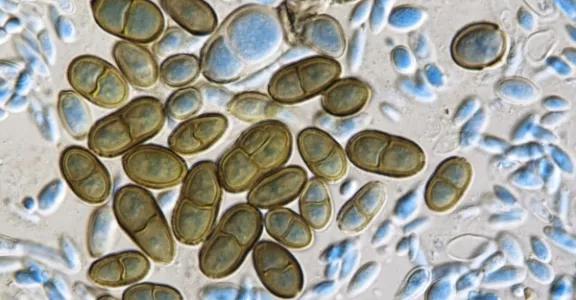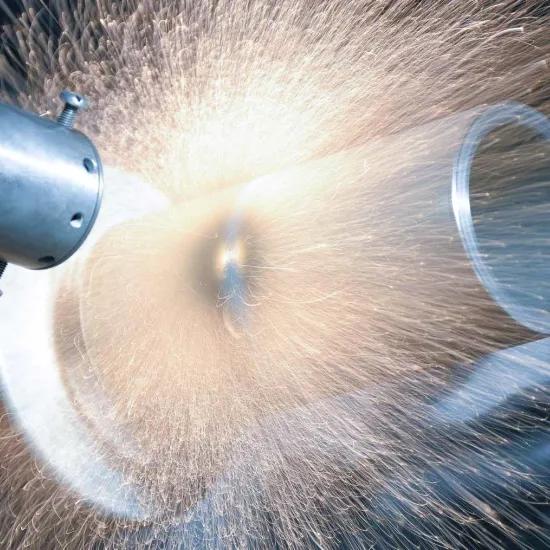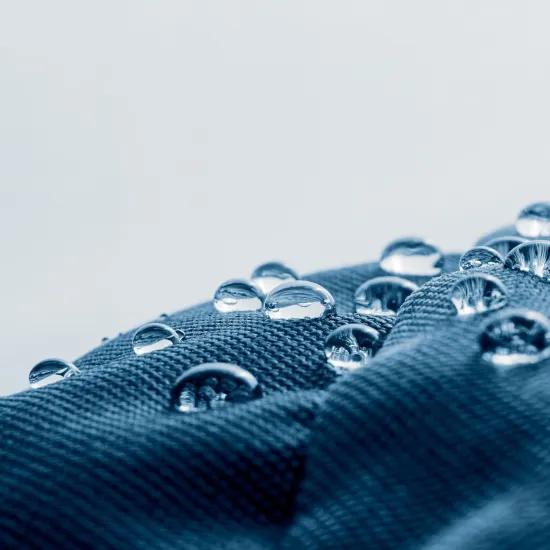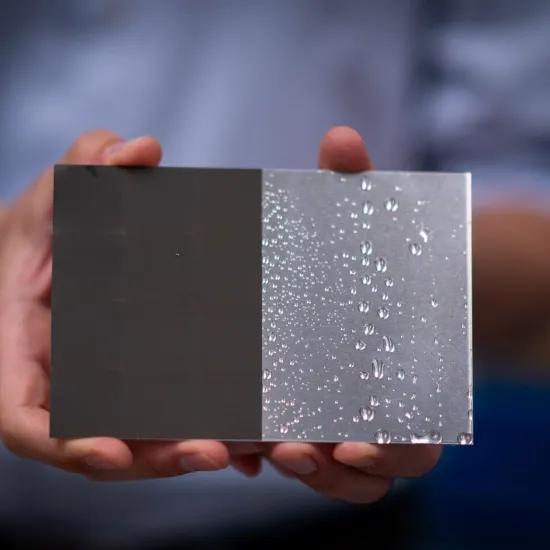Biofilms - layers of micro-organisms in a mucus layer which is adhered to a surface - are considered a nuisance in many sectors and are therefore fought against. However, they also offer protection and can be useful, for example, as a living skin for architecture, which is what an innovation project assumes.
Biofilms are thin, sticky layers created by a community of bacteria and other bio-organisms, present on solid surfaces, in which they can continue to develop. They are considered one of the most stable biological systems on earth and as such very robust and difficult to remove. In many cases, these biofilms are a potential source of infection and pathogens for humans. Food companies and hospitals use strong means to clean contact surfaces and keep them free from these biofilms. However, the robustness and stability of this film also makes it extremely interesting since, provided that non-pathogenic organisms are used, it could possibly also be used as a natural protective layer for surfaces.
The Bioinspired living skin for architecture (ARCHI-SKIN) project aims to develop such a biological protective layer from engineered living materials. The project will explore the design principles underlying fungal biofilm to advance the knowledge of the chemistry-structure-properties of its biological system, including biofilm formation, structure, function and performance. The project will use the latest tools in life cell imaging, data science and machine learning. This is how the researchers want to develop a bioactive protective coating system that works in harmony with nature and benefits from the synergetic efforts of living fungal cells, bio-based ingredients and bio-inspired concepts for materials design.
The five-year project will develop a biofilm that protects biomaterial, concrete, plastic and metal surfaces, among others. One of its most remarkable features is its natural self-healing ability. The novel approach to materials protection will advance the traditional material concepts towards development of engineered living materials that can interact, adapt and respond to environmental changes. The project will provide a new dimension that has not existed for materials and will change how we perceive, experience, understand, design, use and transform materials.
The ARCHI-SKIN project is implemented by the Slovenian research institute InnoRenew CoE with European support from the ERC.
Meanwhile, closer to home
It is a very ambitious research project, and the practical application of such coatings probably lies far in the future. Meanwhile, the protective coatings that exist today are also moving towards the use of more and more bio-based and renewable ingredients, away from the fossil-based materials that are unsustainable. The BioCoat project investigates which materials can already be applied today with equal or better performance than the traditional fossil-based coatings.
Interested? More information about this project can be found on the project page!
(Source picture: https://innorenew.eu)




